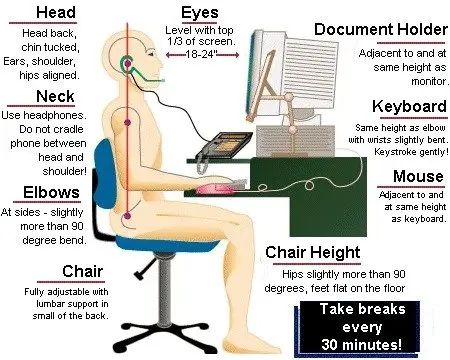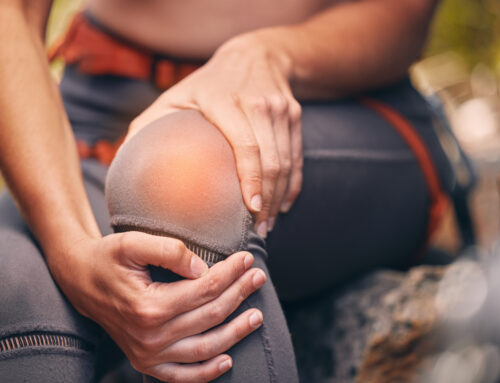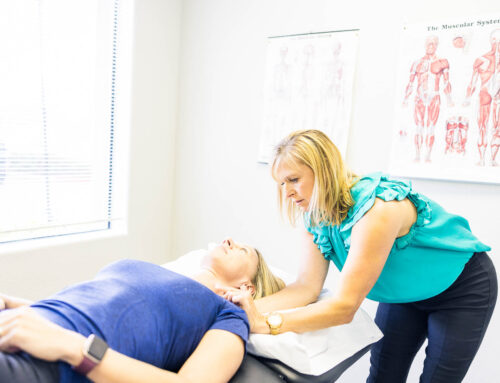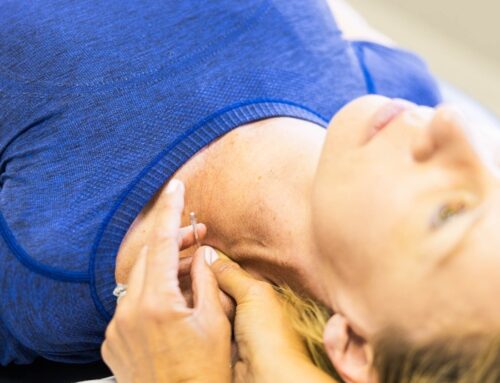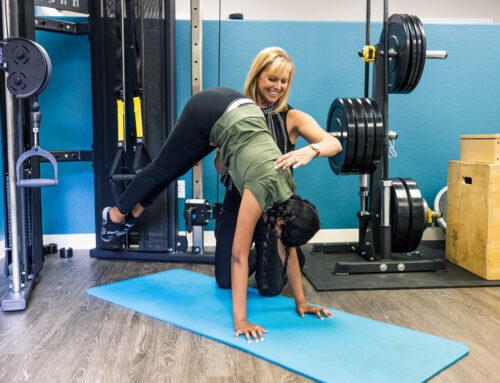With so many of us now working from home we have had to very quickly throw together a workspace, that may also double( or triple) as a school room and lunchroom all at once!
The study of Ergonomics is the study of people’s efficiency in their working environment. With the new environment at home, working different hours, different situations many people are now feeling the effects of poor workspace design. The most common symptoms I see are increased back pain, neck pain, headaches, numbness and tingling in hands and down the back of the leg.
We want you to know that the therapists at Battle Born Health are very excited to now offer video call to assess your workspace in your home. We can give you a plan of how to set up your space to decrease your pain and be more efficient at work!
Here are some tips to try if you are feeling any of these symptoms.
3 Tips
1. Correcting the forward head posture
The problem: head or neck pain at the computer, while driving or reading.
The reasoning: Posture is an important starting point because without restoring the neutral position of the spine, the joints and muscles will be perpetually strained and irritated which creates a pain cycle and forces your body to compensate with unhealthy patterns of movement. When we sit at a desk or when driving, we all have the tendency to lean toward whatever we’re looking at, typically leading with the chin. This essentially shortens the muscles of at the base of the skull and overstretches the muscles on the front side of the neck. These muscles are deep; they bear the responsibility of stabilizing our spine. If you hold your head in the forward position long enough, those stabilizing muscles in the neck are unable to support the posture and you will begin to feel that ache at the base of your head.
The solution: Postural awareness…start by sitting tall in a chair with back support, look straight ahead keeping your chin level with the horizon. Squeeze your shoulder blades together gently to support the upper back, then pull your chin directly backwards into your spine (think double chin). The goal is to keep your chin level (not letting it drop toward the floor as you pull it backward) and reverse the curvature that was caused by the forward-head posture. Hold for 10 seconds, while breathing and relaxing. Keep this posture in mind as you drive, work at your computer or read.
2. Pain while sitting at the computer
The problem: working at the computer for hours, losing track of time only to realize you have pain
The solution:
1. Take frequent mini-breaks – stand up and walk around for a few minutes at least once every hour, or sooner if you notice a headache or spine pain.
2. Good ergonomics is very important a few key points to keep in mind:
- Sit in a chair with low back support make sure that fills the natural curve of your spine. Using a rolled up sweatshirt or a few thin towels rolled together can accomplish this without needing to buy an expensive new chair.
- The seat of your chair should be high enough that your hips are higher than your knees, but your feet are still fully on the ground. Try placing a few folded towels under your sit bones to achieve this position.
- if you are on the shorter side place a box or books under your feet to make sure your feet contact a solid surface. • Your screen should be high enough so that you can see the screen by looking straight ahead with your chin parallel with the floor, and without needing to tilt your head up or down.
- Keep your chin tucked into your neck and avoid that forward-head
Sitting at your desk:
- Position your monitor so your eyes are looking 2 to 3 inches below the top edge, keeping your chin parallel with the floor.
- Squeeze your shoulder blades together gently to support the upper back, then pull your chin directly backwards into your spine like you’re giving yourself a double chin. The goal is to keep your chin level (not letting it drop toward the floor as you pull it backward) and reverse the curvature that was caused by the forwardhead posture that was mentioned earlier.
- Sit with your hips against the back of the chair with a small towel roll supporting the natural curve of the low back.
- Finally position your chair so your hips are slightly higher than your knees and your feet can rest solidly on the floor
3. Balancing muscles in the front and back – in our society we spend a lot of time bent forward at a computer, driving a car or just staring at our phones. Your body needs to spend time out of that forward bent position (called flexion) with backward bent positions (called extension). Here are a few simple exercises you can do loosen the muscles on the front of your body and give the ones on the back a break:
Chin tucks https://youtu.be/7_8EPw9Rw-s
Chin tucks restore the natural position of the neck. This allows the vertebrae to stack up on top of each other creating an open space for the nerves to exit freely.
Roll 2 hand towels lengthwise individually, then place them on the floor forming and X
1. Lay on your stomach with the towels under the front of your shoulders and your nose just below where they cross.
2. tuck your chin into your neck as you lift your head slightly off the floor. The goal is to keep your forehead parallel with the floor and give yourself a double chin.
3. Hold 3 seconds then relax back down to the floor.**Keep your chest pressed into the floor.
Prone I’s, W’s and Y’s
I – https://youtu.be/U_P9322HbSo
Lie down on the floor on your towel X with your arms down by your sides
- Tuck your chin into your neck
- Lift your arms off the floor using the muscles between your shoulder blades.
- Hold 3 seconds then relax back down to the floor. **keep hands lower than elbows
W – https://youtu.be/_te8xvenEJs
Lie down on the floor on your towel X with your hands up at the same level as ears elbow bent
- Tuck your chin into your neck
- Squeeze shoulder blades together to raise arms off the floor
- Hold 3 seconds then relax back down to the floor.
**keep hands lower than elbows
Y – https://youtu.be/_VNoSmlv5_g
Same starting position as above hands in front of your head ( Like you are dancing to the YMCA song)
- Tuck your chin into your neck
- Squeeze shoulder blades together to raise arms off the floor
- Hold 3 seconds then relax back down to the floor.
**Keep chest pressed into the floor
I sincerely hope these tips keep you moving pain free! If you have problems with these exercises or need more information schedule an appointment with one of us. We are currently seeing patients at the office or if you prefer, we offer Telehealth visits for anyone residing in Nevada or California.
https://provider.kareo.com/sarah-martinez-2#?view=booking#booking
https://provider.kareo.com/dr-danielle-litoff

